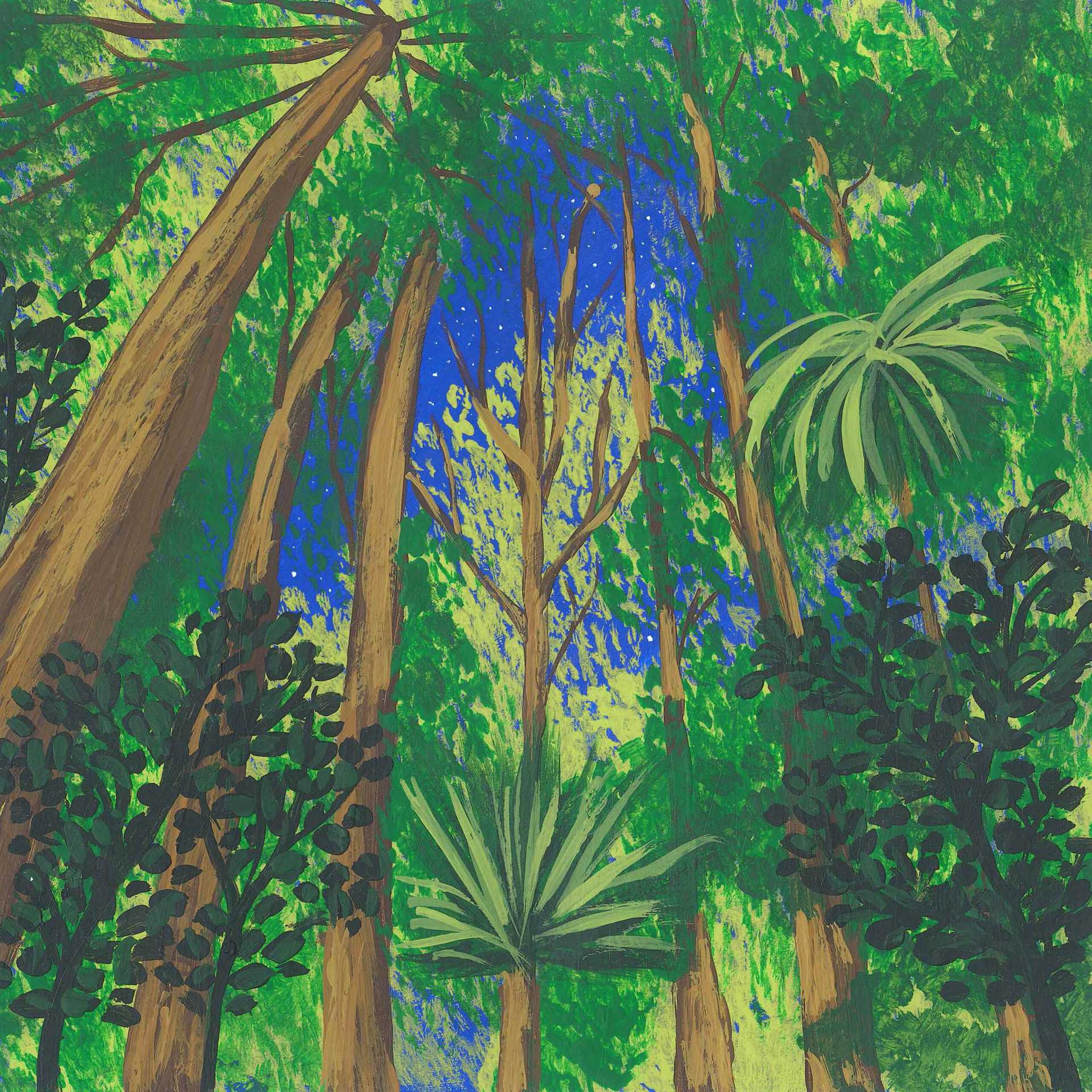
Nocturnal Chorus at Mpanga Central Forest Reserve
During a recent visit to Uganda, I wanted to explore one of the forests near Kampala city. After searching online and consulting with local guides, we decided to go to Mpanga Forest Reserve. It is a natural forest with unique biodiversity, including Red-tailed monkeys and an abundance of birds, amphibians, and invertebrates.
In the morning, the forest comes to life, and you are greeted by loud calls (or laughter!) of the Black-and-white-casqued Hornbills. This call is joined by other forest birds and cicadas, creating a mesmerizing forest symphony during the day. At night, the sounds of birds and cicadas disappear, and you can hear the sounds of nocturnal creatures such as crickets, bats, owls, and frogs. I set up a recorder near one of the many forest wetlands to capture frog calls at night. However, I was treated to a very fascinating toad-sounding call which filled the drizzly night. It was later confirmed by a scientist to be the call of the Hammer-headed Bat, one of the largest bats in Africa! As the name suggests, Hammer-head bats have fairly large heads and a snout that honks. During mating season female and male Hammer-headed bats gather in groups called leks, where hundreds of males line up and produce loud honking vocalizations to attract females. The tone and loudness of the honks are criteria females look for in a mate; the best honking bat wins a mate! The honk was not a sound of the usual fruit bats that I’m used to hearing, but it’s one of the most unique sounds I’ve ever recorded!
